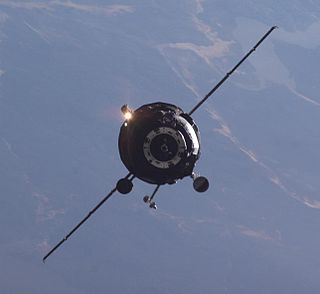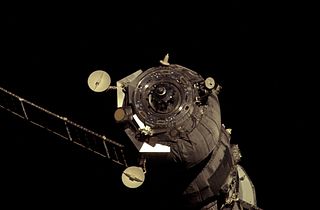Launch history
1980–1984
| Date/Time (UTC) | Rocket | Serial number | Launch site | Outcome | |
|---|---|---|---|---|---|
| Payload | Separation orbit | Operator | Function | ||
| Remarks | |||||
| 9 September 1982 07:19 | Long March 2C | F-01 | Jiuquan, LA-2/138 | Successful | |
| FSW-0 No.4 | Low Earth | Reconnaissance | |||
| Maiden flight of Long March 2C. | |||||
| 19 August 1983 06:00 | Long March 2C | F-02 | Jiuquan, LA-2/138 | Successful | |
| FSW-0 No.5 | Low Earth | Reconnaissance | |||
| 29 January 1984 12:25 | Long March 3 | F-01 | Xichang, LA-3 | Partial failure | |
| STTW-T1 | Geosynchronous transfer (intended) Low Earth (achieved) | Technology | |||
| Maiden flight of Long March 3, lower than planned orbit reached due to insufficient pressurization of the third stage engine during restart. | |||||
| 8 April 1984 11:20 | Long March 3 | F-02 | Xichang, LA-3 | Successful | |
| STTW-T2 | Geosynchronous transfer | Technology | |||
| First Chinese geostationary satellite | |||||
| 12 September 1984 05:44 | Long March 2C | F-03 | Jiuquan, LA-2/138 | Successful | |
| FSW-0 No.6 | Low Earth | Reconnaissance | |||
1985–1989
| Date/Time (UTC) | Rocket | Serial number | Launch site | Outcome | |
|---|---|---|---|---|---|
| Payload | Separation orbit | Operator | Function | ||
| Remarks | |||||
| 21 October 1985 05:04 | Long March 2C | F-04 | Jiuquan, LA-2/138 | Successful | |
| FSW-0 No.7 | Low Earth | Reconnaissance | |||
| 1 February 1986 12:37 | Long March 3 | F-03 | Xichang, LA-3 | Successful | |
| DFH-2A-T1 | Geosynchronous transfer | Communication | |||
| 6 October 1986 05:40 | Long March 2C | F-05 | Jiuquan, LA-2/138 | Successful | |
| FSW-0 No.8 | Low Earth | Reconnaissance | |||
| 5 August 1987 06:39 | Long March 2C | F-06 | Jiuquan, LA-2/138 | Successful | |
| FSW-0 No.9 | Low Earth | Reconnaissance | |||
| 9 September 1987 07:15 | Long March 2C | F-07 | Jiuquan LA-2/138 | Successful | |
| FSW-1 No.1 | Low Earth | Reconnaissance | |||
| 7 March 1988 12:41 | Long March 3 | F-04 | Xichang LA-3 | Successful | |
| Chinasat-1 (DFH-2A-T2) | Geosynchronous transfer | Communication | |||
| 5 August 1988 07:29 | Long March 2C | F-08 | Jiuquan LA-2/138 | Successful | |
| FSW-1 No.2 | Low Earth | Reconnaissance | |||
| 6 September 1988 20:30 | Long March 4A | F-01 | Taiyuan LA-7 | Successful | |
| Fengyun-1A | Sun synchronous | Meteorology | |||
| Maiden flight of Long March 4A. | |||||
| 22 December 1988 12:40 | Long March 3 | F-05 | Xichang LA-3 | Successful | |
| Chinasat-2 (DFH-2A-T3) | Geosynchronous transfer | Communication | |||










